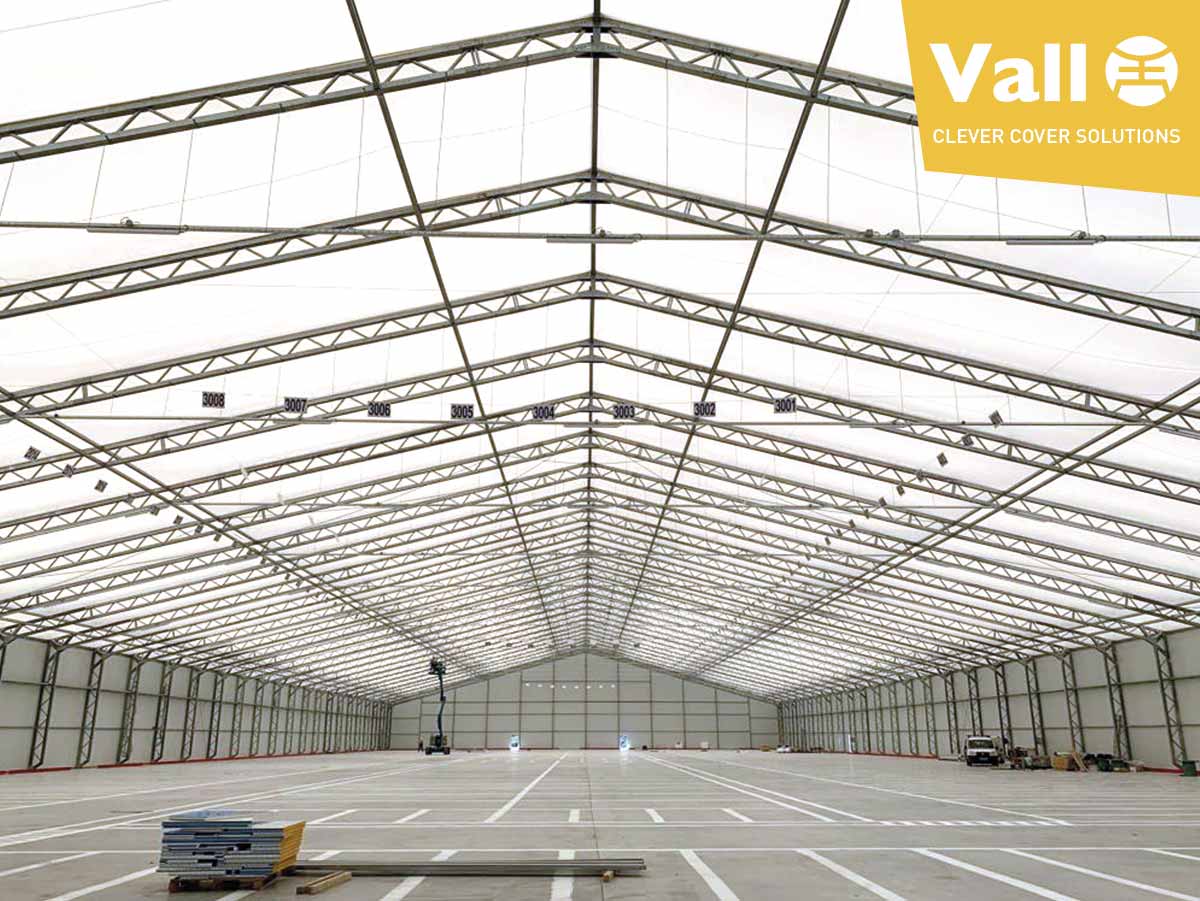The circular economy has come to Europe to stay
The European Parliament voted on the Circular Economy Action Plan 2021-2030, last February. The demand, especially insistent by the northern countries of the euro zone, is to reach 2050 with a carbon-neutral, toxic-free and completely circular economy.
And this eco-sustainable vision of European countries has also been noted in the Next Generation EU recovery funds. Among the obligations that the euro zone assumes with this Action Plan are to recycle more, consume less materials and reduce the ecological footprint due to its use. It is worth mentioning that, in Spain alone, more than 40% of the recovery funds will be allocated to sustainability measures in very diverse areas, from industrial transformation and the development of green energy, to sustainable agriculture, water management or waste reduction.
So, if you need an industrial warehouse, office, commercial premises, exhibition hall or even a home, we will explain everything you need to know about circular economy, especially if you are a company and want to apply for recovery funds or simply ensure a more stable future:
- What is circular economy?
- Permanent constructions.
- Temporary or semipermanent constructions.
- Recycling in removable structures.

What is circular economy?
The circular economy is a production and consumption model that involves sharing, renting, reusing, repairing, renewing and recycling, as many times as possible. The purpose is to reduce the use of raw materials, reduce waste and energy consumption, minimise the carbon footprint and extend the life cycle of existing products.
According to the circular economy, every product must be used for as long as possible and, once its use is over, it must be re-incorporated into the production chain through recycling.
This consumption model is the complete opposite to the one that has been promoted until now, based on “use, consume and throw away”. Model that requires large amounts of cheap materials and energy. Which is considered unsustainable, not only because the planet’s resources are limited, but also because of our overpopulation that leads to an increase in demand.
But the problem is especially important for the European Union. In the EU there is a very high level of dependence on other countries to provide raw materials. The reuse of existing materials on the continent would not only reduce the amount of waste (currently 2,500 tons per year) but would also allow us to self-supply our own consumer market.
Within the European Green Plan and Action Plan, the construction sector is considered one of the areas in which the most changes should be promoted, since this sector is responsible for 35% of waste throughout the EU (around 900 tons). In addition, the materials used in the sector have a significant impact on the carbon footprint and energy efficiency.
Permanent constructions
Conventional construction is the most polluting in the entire sector, both in terms of energy consumption and use of resources, such as the generation of rubble and waste. It also entails a problem of direct environmental impact, since the building area is difficult to recover when the buildings are no longer necessary.
Within the circular or green economy movements, there is an increasingly widespread trend of industrial and modular manufacturing. In other words, the construction elements, such as the walls, leave the factory already finished, with the insulation, the finishes, the pipes and the electrical structure, for assembly in the work area.
In this process, hardly any waste is produced and the debris is minimal. In addition, factory work facilitates the use of recycled materials and is committed to new technologies and high added value professional profiles.
But, of course, in addition to optimising construction processes, it is necessary to create buildings with greater durability and excellent energy efficiency, which allow the reuse of resources in their internal consumption.
However, it is still pending to know how complicated or simple it would be to recover the natural environment, once the buildings’ lifespan ends.
Temporary or semipermanent constructions
This is the case of tents and removable industrial buildings. The most recommended option for the industrial and commercial sector, from logistics centres and factories, to exhibition and sales centres.
This construction sector is already traditionally more ecological and sustainable than the traditional one. Its manufacture is industrial and the use of materials is optimised to the maximum. In addition, these buildings have the advantage of being able to increase or decrease in size without generating waste or loss of material, since all the elements are reusable with minimal handling.
Today, they also have finishes that offer greater durability and energy efficiency. Although its greatest environmental advantage, compared to conventional constructions, is undoubtedly the low impact on the environment. Its assembly does not require a special intervention of the land and, once the construction is removed, the landscape is easily recoverable.
The big change in this sector, in the coming years, is expected to be an increasing use of recycled materials for production, thus reducing the consumption of raw materials. A task that is especially simple for manufacturing companies, such as VALL, where we have space for casting and re-production of parts.

Recycling in removable structures.
The purpose of removable industrial buildings is to make the most of their lifespan. Thus, each of the pieces that make up a warehouse (once it ends its function) are incorporated into other warehouses, after analysis and corresponding maintenance.
However, there comes a point where its reuse is no longer recommended. At that time, it is important to recycle the material in order to not lose its resource.
In the field of removable structures it is a simple task, since it is mainly composed of three easily recyclable materials: aluminum, steel and tarpaulin.
Tarp is a recyclable material almost from its conception. After its lifespan, it is transformed back into raw material and reshapes numerous types of new product: textiles, profiles, hoses, tubes, linings, brooms, car parts. Steel is also 100% recyclable, with a highly standardised process. In fact, virtually all the steel used today is recycled and was mined a century and a half ago. And as for aluminum, it is simply re-cast and becomes a new part.
Therefore, the removable industrial buildings sector is a self-sufficient market, in which a limited amount of material could supply the sector indefinitely.
All green initiatives, inside and outside the construction sector are, in reality, values that have long been established in society. In addition, the European Union recognises the right for people to repair, to reduce their consumption, to generate less waste and to live on a healthier, more responsible and realistic planet.
And as if that weren’t enough, it is also expected that the changes to move towards a circular economy will stimulate competitiveness, innovation, economic growth and employment.
It is a good time to invest and reinvent yourself, to transform companies and bet on technological and sustainable solutions. For this reason, at VALL we will continue to offer solutions, not only ecologically responsible, but also intelligent and technological, to go a step beyond compliance with the rules.
Because at VALL, we always help our clients go further than they initially expected.
References: Action Plan on circular economy, European Green Deal, Next Generation UE, European Parliament, Ecoembes and to the Blog Tecnología de los plásticos.









